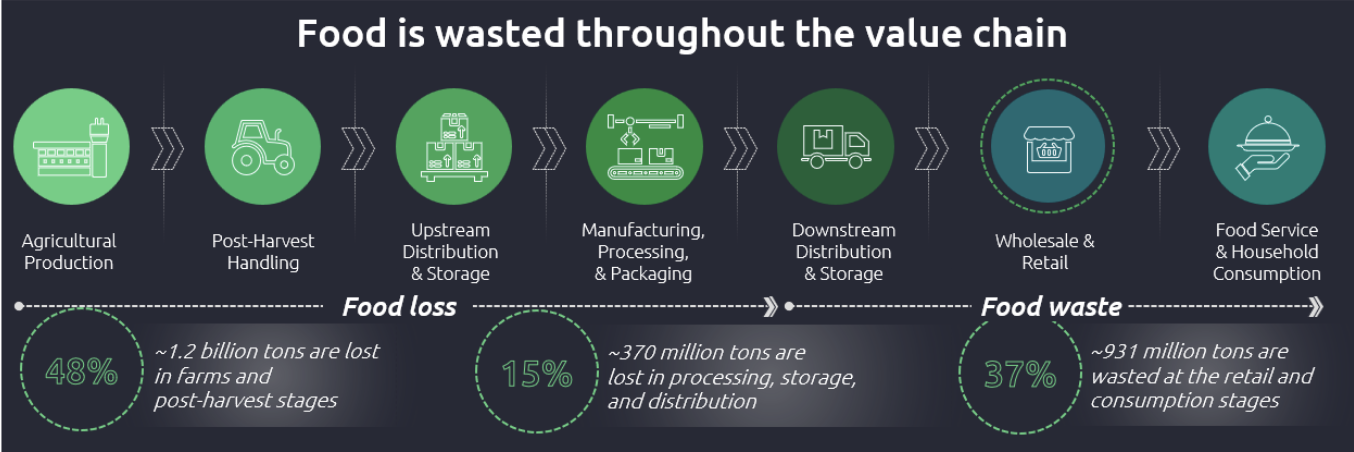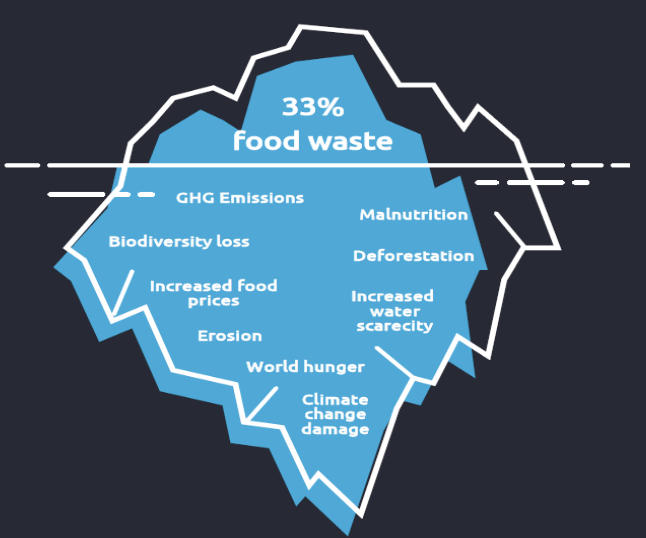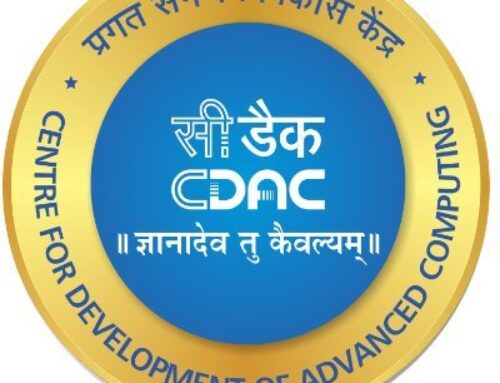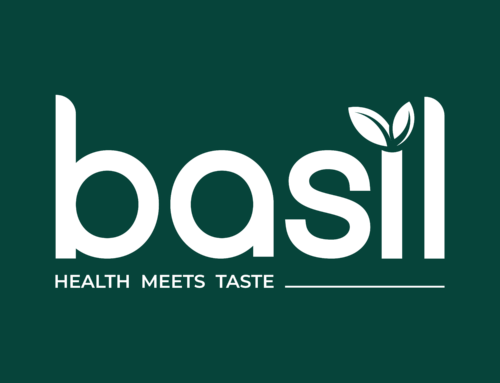Approximately one-third of all food produced is wasted across the word causing a lot of seen and unseen impacts on the daily life of billions of people. This makes the need for innovative food waste reduction solutions urgent and critical. Capgemini and a leading hyperscaler teamed up to tackle food waste with a groundbreaking approach. This blog post delves into the intricacies of this solution, highlighting its, impact, and the innovative strategies employed to reduce food waste across the food production and supply value chain
The Food Waste Challenge1
Food waste is a multifaceted problem with significant economic, environmental, and social repercussions. According to the Food and Agriculture Organization (FAO), around 1.3 billion tons of food is wasted annually, translating to a loss of approximately $1 trillion. This waste contributes to 8-10% of global greenhouse gas (GHG) emissions, exacerbating climate change and depleting valuable resources such as water and land etc.2
The food waste issue spans the entire value chain, from agricultural production to upstream distribution and storage, to manufacturing and packaging to wholesale and retail and to household consumption. Key stages where food is lost or wasted include:
- Agricultural Production and Post-Harvest Handling: Approximately 1.2 billion tons of food are lost at farms and during post-harvest stages.
- Processing, Storage, and Distribution: Around 370 million tons are lost during these stages.
- Retail and Consumption: About 931 million tons are wasted at the retail and consumption stages.

Food waste not only represents a significant economic loss but also has severe social and environmental impacts. The known impacts of food wastage are only a few but unseen or hidden impacts are many. The unseen impacts of food wastage include malnutrition, biodiversity loss, deforestation, increased food prices, water scarcity, Green House Gas (GHG) emissions, health hazards and world hunger etc.

People who can afford to waste food make food costlier for the people who can’t afford even two square meals a day. The food wasted by people who can afford to waste food if saved, will make the food consumed by people who can’t afford even two square meals a lot economical.
Socially, food waste is a stark contrast to the reality of global hunger, where millions of people lack access to sufficient food. Additionally, food waste in landfills generates methane, a potent greenhouse gas that contributes to climate change.
Why addressing food wastage is critical for India3
- 21% of people live on less than ~ INR 150 a day
- 25% of the world’s undernourished people live in India
Root Causes of Food Waste
Understanding the root causes of food waste is essential for developing effective solutions. Capgemini’s analysis identified several critical factors contributing to food waste:
- Disconnected Supply Chains: Inaccurate forecasting, inefficient logistics, and a lack of real-time data collaboration contribute to food spoilage. For example, a lack of synchronization between supply and demand can result in overproduction and subsequent waste. Inefficient transportation and storage conditions can also lead to spoilage.
- Buying and Consumption Patterns: Consumers are not effectively stimulated to buy food before it gets wasted, and retailers promote excessive purchasing through non-sustainable promotions. For example, “buy one, get one free” offers lead to over-purchasing and subsequent waste. Consumers also lack awareness on how to plan meals and store food to minimize waste.
- Insufficient Customer Cooperation: Even if discount is offered on food that is going to get wasted in few days and food with more shelf life days is sold at higher prices, customers prefer to buy food with more shelf life days and ultimately food with fewer shelf life days is wasted in retail stores and food with more shelf life days is wasted I the house of the customer.
- Insufficient Rescue and Re-use of Food Waste: There is often a lack of re-purposing unsold food and insufficient customer cooperation. Unsold food that could be donated or repurposed is often discarded. Additionally, consumers may not be aware of how to properly store or use food to prevent waste.
- Sub-optimal Products and Packaging: Retailers often enforce strict food specifications that lead to upstream waste. For example, fruits and vegetables that do not meet certain aesthetic standards are discarded. Packaging sizes may not align with consumer needs, resulting in excess waste. For instance, bulk packaging may lead to spoilage before the food can be consumed.
In addressing the mentioned challenges food wastage reduction is no more a choice but a compulsion
The Capgemini Solution
Capgemini’s Food Waste Reduction solution addresses these root causes through a combination of data-driven insights, advanced technology, and strategic collaboration. The solution encompasses several key components:
- Food Waste Intelligence:
- Predict well in time before food approaches expiry how much of the food, in which city or store, across various food product categories is at risk of getting expired
- Redistribution across the store locations: balance the demand and supply by shifting stocks from stores with low demand to stores with high demand
- Discount selling: Collaboration with discount retailers will help in selling food at risk of expiry faster
- Rescue to Avoid Waste: Collaboration with suppliers helps identify potential sources of waste in the supply chain.
- Educate and Support Consumers: Initiatives such as “too-good-to-waste” and repackaging campaigns develop eco-consciousness among consumers. Educational campaigns can teach consumers how to store food properly and use leftovers creatively.
- Re-purpose Unsold Food: By analyzing food waste data from waste collectors, the solution identifies opportunities to upcycle waste streams. Data-driven solutions connect with downstream parties to re-purpose food. Surplus produce can be redirected to food banks for humans and animals, used in processed foods, used for combustion, used in composting etc. For example, unsold bread can be turned into breadcrumbs or croutons.
- Dynamic Pricing:
- A machine-learning-based approach optimizes markdowns and reduces food waste by continuously improving fresh food sales. For example, Carrefour’s pilot stores showed a 68% increase in margins and a 40% reduction in markdown costs. Dynamic pricing adjusts prices based on factors such as shelf life and demand, encouraging consumers to purchase items before they spoil.
- Sustainability Data Hub:
- A unified data platform gathers data from diverse sources, ensuring data accuracy and providing actionable reporting on carbon emissions and food wastage. This platform enables seamless data flow, inbuilt quality checks, and customizable dashboards for executives. The data hub can track food waste across the supply chain, identify hotspots, and suggest interventions.
Success Stories
The solution’s effectiveness is demonstrated through several client success stories:
- Global Consumer Products Company:
- Problem Statement: The company faced millions of Euros in losses due to expired food, with no effective risk visibility until it was too late. Heavy discounting to specialist partners was the primary means of recovering costs.
- Approach: Capgemini designed a custom web application to identify waste risks and prescribe interventions. The solution tracked waste interventions over time, breaking the waste cycle.
- Results: The solution provided automated visibility of waste risks, leading to a 50% reduction in waste and potential savings of €37 million over three years. This equated to saving 5,900 tons of finished goods food waste and reducing CO2 emissions by 14,750 tons.
- Food Retailer’s Dynamic Pricing:
- Problem Statement: A Food Retailer aimed to cut food waste and markdown costs for fresh food, which were significant financial burdens.
- Approach: A data-driven, machine-learning solution optimized markdowns and reduced food waste. The pilot phase involved four stores and focused on the meat category.
- Results: The pilot stores saw a 68% increase in margins and a 40% reduction in markdown costs. The full deployment aimed to achieve more profit, less waste, and improved customer value.
- Retail Chain in Europe:
- Problem Statement: A major retail chain was struggling with high levels of food waste in its fresh produce section.
- Approach: The Capgemini solution was implemented to analyze waste patterns and optimize inventory management. The solution included real-time data tracking and predictive analytics to forecast demand accurately.
- Results: The retail chain achieved a 30% reduction in fresh produce waste and improved customer satisfaction by ensuring fresher products on the shelves.
Benefits of Reducing Food Waste
The benefits of reducing food waste extend beyond financial savings. They include:
- Financial Improvement: Lower cost of goods sold (COGS) and operational costs. Reducing waste means fewer resources are spent on producing, transporting, and disposing of food that is never consumed.
- Better Compliance: Alignment with Sustainable Development Goal (SDG) target 12.3, which aims to halve per capita global food waste at the retail and consumer levels by 2030.
- Improved Brand Image and Customer Satisfaction: Enhanced reputation and loyalty. Consumers are increasingly aware of sustainability issues and prefer brands that take action to reduce waste.
- Reduced Climate Impact: Lower scope 1 and scope 3 emissions. Reducing food waste decreases the carbon footprint associated with food production and disposal.
- Social Impact: Addressing food waste can contribute to alleviating hunger. Surplus food can be redirected to those in need, reducing food insecurity.
Critical Success Factors
The success of the Capgemini Food Waste Reduction solution hinges on several critical factors:
- Dedicated Focus on Food Waste: Retailers must prioritize food waste reduction within their organizations and value chains. This involves setting clear goals, allocating resources, and integrating waste reduction into business strategies.
- Driving Impact at Scale: Successful initiatives need to be scaled across all food assortments, stores, and suppliers. This requires robust processes, technology, and collaboration to ensure consistent implementation.
- Leveraging New Data and Technology: Advanced tools and data foundations are essential for measuring and improving food waste efforts. Technologies such as IoT sensors, machine learning, and blockchain can enhance transparency and efficiency.
- Value Chain Collaboration: Breakthrough collaborations with upstream trading partners are necessary for comprehensive solutions. This includes working with farmers, suppliers, and logistics providers to address waste at every stage of the supply chain.
Conclusion
The Capgemini Food Waste Reduction solution exemplifies innovation in waste management. By addressing the root causes of food waste and leveraging advanced technology, the solution not only reduces waste but also enhances financial performance, compliance, brand reputation, and environmental impact. As the world grapples with the pressing issue of food waste, such innovative solutions offer a beacon of hope and a pathway to a more sustainable future. This journey of innovation in waste management underscores the importance of collaboration, data-driven insights, and a dedicated focus on sustainability. By sharing these insights and success stories, we hope to inspire more organizations to join the fight against food waste and contribute to a better world.
Sources:
- 1Food and Agriculture Organization (FAO): FAO Food Loss and Waste Database
- 2United Nations Environment Program (UNEP): UNEP Food Waste Index Report 2021
- 3India | World Food Programme







